2357 Hermits Glen
Los Angeles
Cédric Rivrain
Poussière
Feb 24, 2024
Mar 03, 2024
Opening Reception
Saturday, February 24th, 2024
2 - 8 pm
Fitzpatrick Gallery (off-site)
2357 Hermits Glen
Los Angeles, CA 90046

Poussière (Dust), Cédric Rivrain’s first exhibition in the US is doubly anchored in a domestic context: firstly, by its layout, which takes up the bare walls of an empty house; and secondly, by its canvases - portraits, scenes, animals - almost all of which seem to be set in interiors, bedrooms or living rooms that are more or less inhabited. The bareness of the exhibition space echoes that of the canvases, where we can barely distinguish anything but parquet flooring and curtains on the windows, habitable but relatively neutral rooms from which emerge a paradoxical intimacy.
The portraits look at us, the animals stare at us. In their eyes runs the same opaque gleam, which we cannot determine whether it betrays a surge of tenderness or the secret of a wound, whether it calls or dreads. The silhouettes, which at first glance appear inviting - such as the two young men, each undressed in front of his window, palm against glass (Rodrigue at the window, 2024 and Nassim at the window, 2024) - could just as easily be captive. We can feel the same about the feminine silhouettes in French-window (2023), whose ajar reveals a scene of calm intimacy while suggesting an imprecise threat, an unwelcome intrusion. Over-framing of windows, blinds trimming a bay window, trompe l’œil mirrors, a view obstructed by an air-conditioning unit — the motifs of enclosure are multiplying. Our apprehension of the commonplace is displaced, and elements as familiar electrical cables and wall sockets come to evoke an oppressive array of chains and padlocks. Indecisively a refuge or a prison, domestic space betrays a latent tension, a restless way of being in the world.
The presence of monkeys and swans in these enclosed environments further reveals the disturbing strangeness of the whole. Recurring figures in Cédric Rivrain’s work, these monkeys (under whose mask we can guess the outline of a self-portrait) and swans (perhaps symbolizing a form of sublimation of the queer coming-out) are in no way anthropomorphic, nor even allegorical. Placed there, displaced, they formulate a mute interrogation, underlining the discreet weirdness of the façades that surround them, so that we can’t determine whether they are the rescued guests of a bizarre Noah’s Ark or prisoners domesticated for the whims of a hegemonic humanity.
This confined space is as much a museum as a toy chest. The artist’s self-portrait (Closed Mouth, 2024) is characteristic of this duality. The canonical representation of the painter by himself is superimposed by the childlike image of a face encircled by a ribbon, evoking a game with unknown rules as much as a pastel decoration for a present under the tree or a chocolate egg. The same is true of the portrait of DeSe Escobar, icon of New York nightlife, which gently subverts Leonardesque motifs, or that of visual artist Akeem Smith, whose fine lines between skin and latex suit, the cohabitation of a light beard and opulent chest, evoke the detachable parts of an atypical doll, while his pose recalls the three-quarter busts prized by the nobles of yesteryear. In fact, while pictorial references sometimes spring to mind - here the Caravaggesque of a chiaroscuro scene, there the clear and sad nimbus of a Watteau - and while the harsh, illusion-free aesthetics of the nineties (the painter’s formative teenage years) often resurface, discreetly but pervasively, like background noise, it’s the contemporary time that Cédric Rivrain’s canvases explore.
The tender tones and muted colors do not tend towards a temporality, its tranquil figuration, its disengaging abyss, but instead they reflect a singular relationship with the present, constantly perceived in its evasiveness. Such is the case with the portrait of Simon Johannin, which shows the French poet photographing himself in his underwear with his cell phone in a long mirror, the reflection of which we can see on the canvas. The composition evokes the fading image of an ephemeral message, a transitory story that has already shifted to a new narrative. Something escapes in the very fixity of the canvas, a blur that contradicts the extreme precision of the details, as if the scene could not be captured in its entirety, a work in progress that, if the opportunity arose, would perhaps authorize the painter to go back to the drawing board, but which, above all, gives the work its density, this mystery that remains, this trouble that resists. Perhaps this is why, everywhere, the minimalism of the clothing - colorless underwear, a white T-shirt for Leilah (2024) and a tank top for Hugo (2024) - rhymes with the sparseness of the scenery — here, an unlit light bulb, there, an unused power strip. This fundamental incompleteness is a sign of the painter’s determination not to freeze his subject, but to allow it to remain in the shadows, permanently mobile, with an unknowable self that is constantly reinvented.
The only two exterior scenes show bodies in vehicles (Passengers, 2024; Interior Rearview Mirror, 2024), accentuating the sense of a floating moment in suspended time. Signs and silhouettes of the era emerge or stagnate in sensory fragments. The over-framing and presence of screens prolong the oppressive dimension and sense of claustration of the domestic paradigm. Here, instead of friends and models, the people depicted are re-creations, assemblages of memories, sums of reminiscences, if not phantasmal reflections. On the scale of the exhibition, and in the painter’s work in general, all these figures are united in the harmony of a look and a gesture. Their quivering faces on motionless bodies, their palms raised against reflection-free glass-like walls of mist, seem to communicate with each other and invite us to join them. All at once princes and dolls, queer queens and half-naked Pierrot, they compose a blurred, mobile, multiple community. Less a search for lost time than an acknowledgment of its flight, Cédric Rivrain’s work captures the impermanence of beings and magnifies, in the sensual, ghostly nuances of his canvases, the already-dusty present.
— Rodrigue Fondeviolle
Press :
Document Journal
Contemporary Art Daily
Paris-LA, by Dorothée Perret














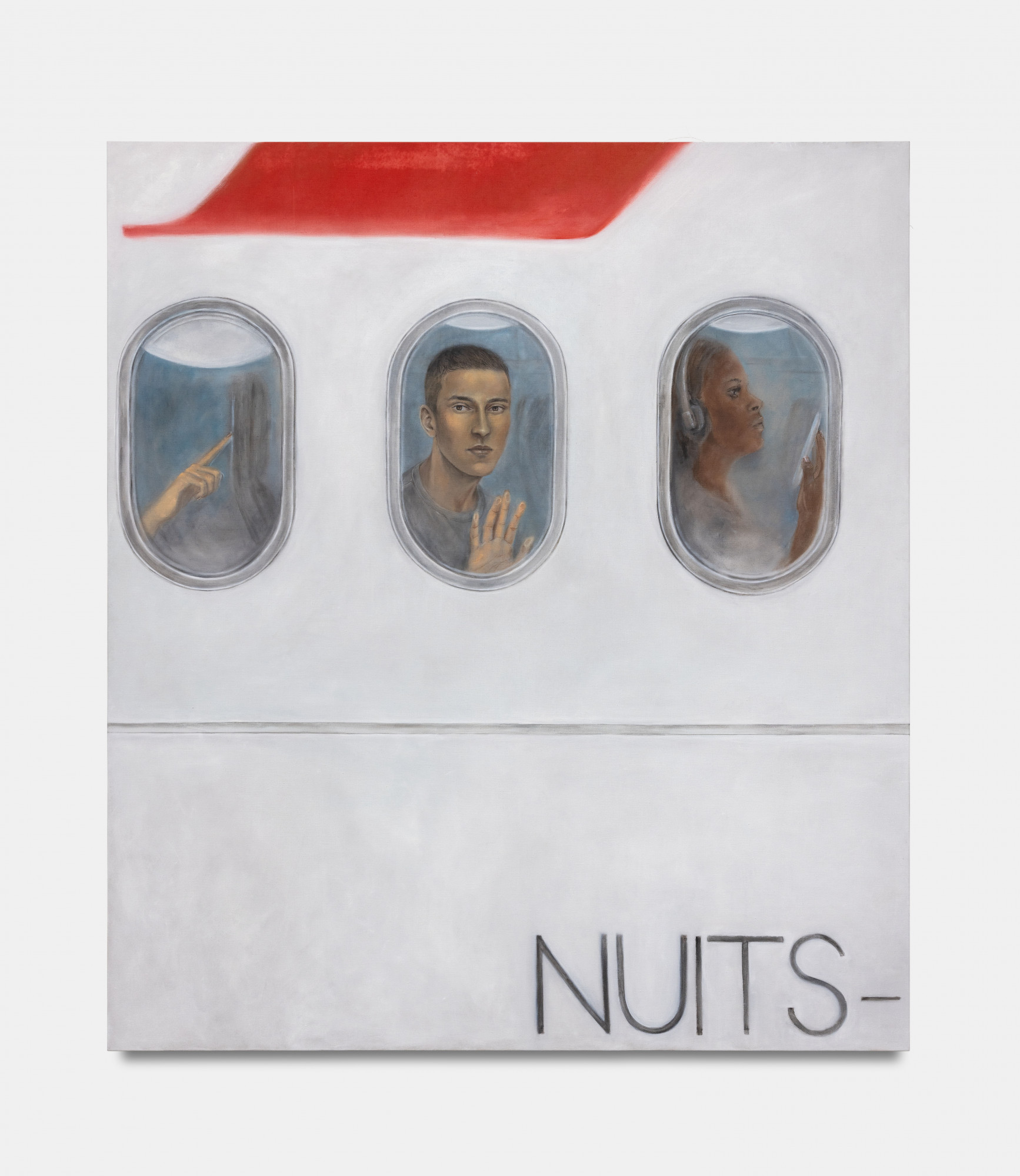
Passagers (Avion) / Passengers (Airplane), 2024
Oil on linen
170 x 150 cm
66 7/8 x 51 1/8 in
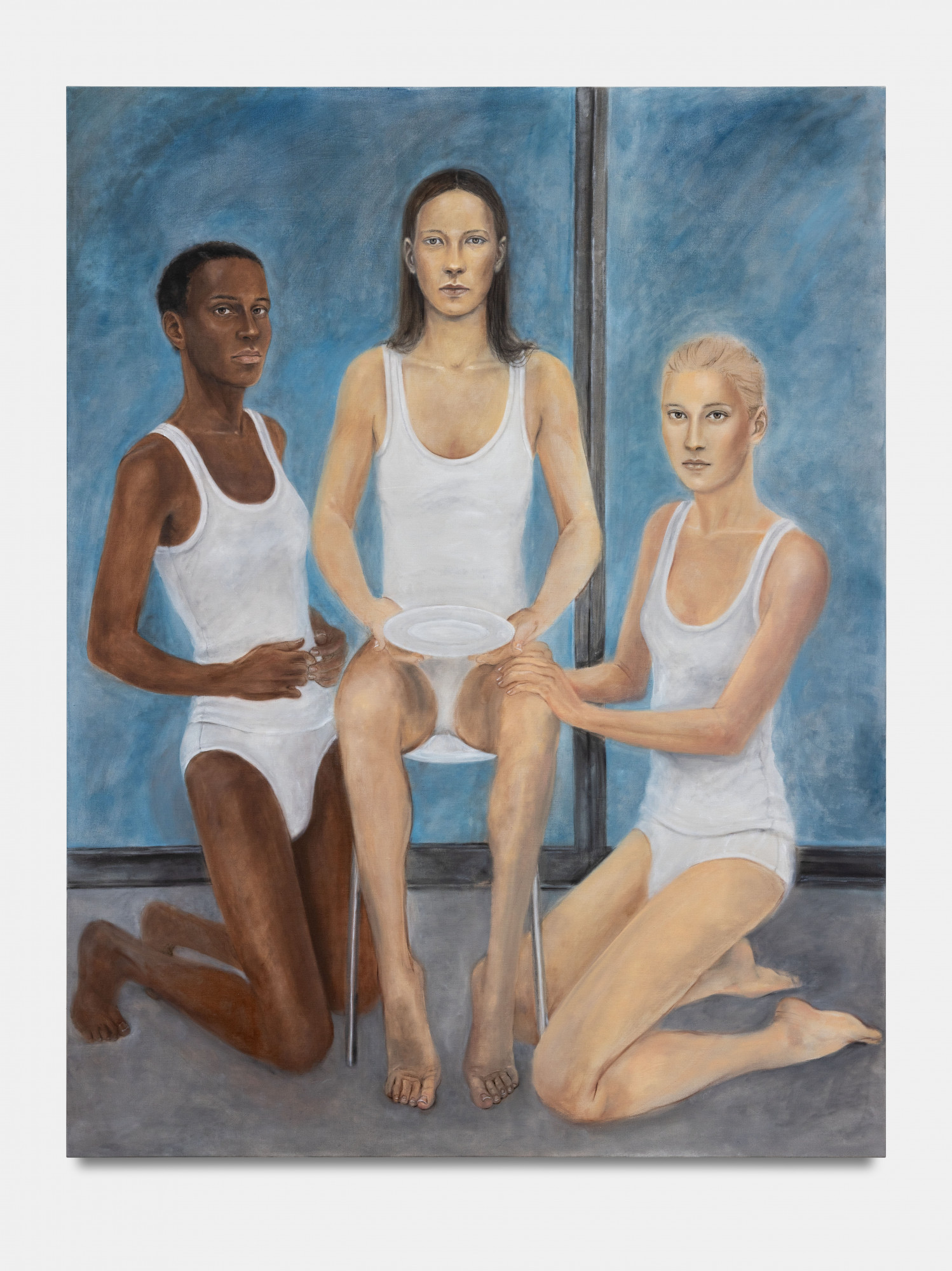
Trois figures / Three Figures, 2024
Oil on linen
170 x 130 cm
66 7/8 x 59 in
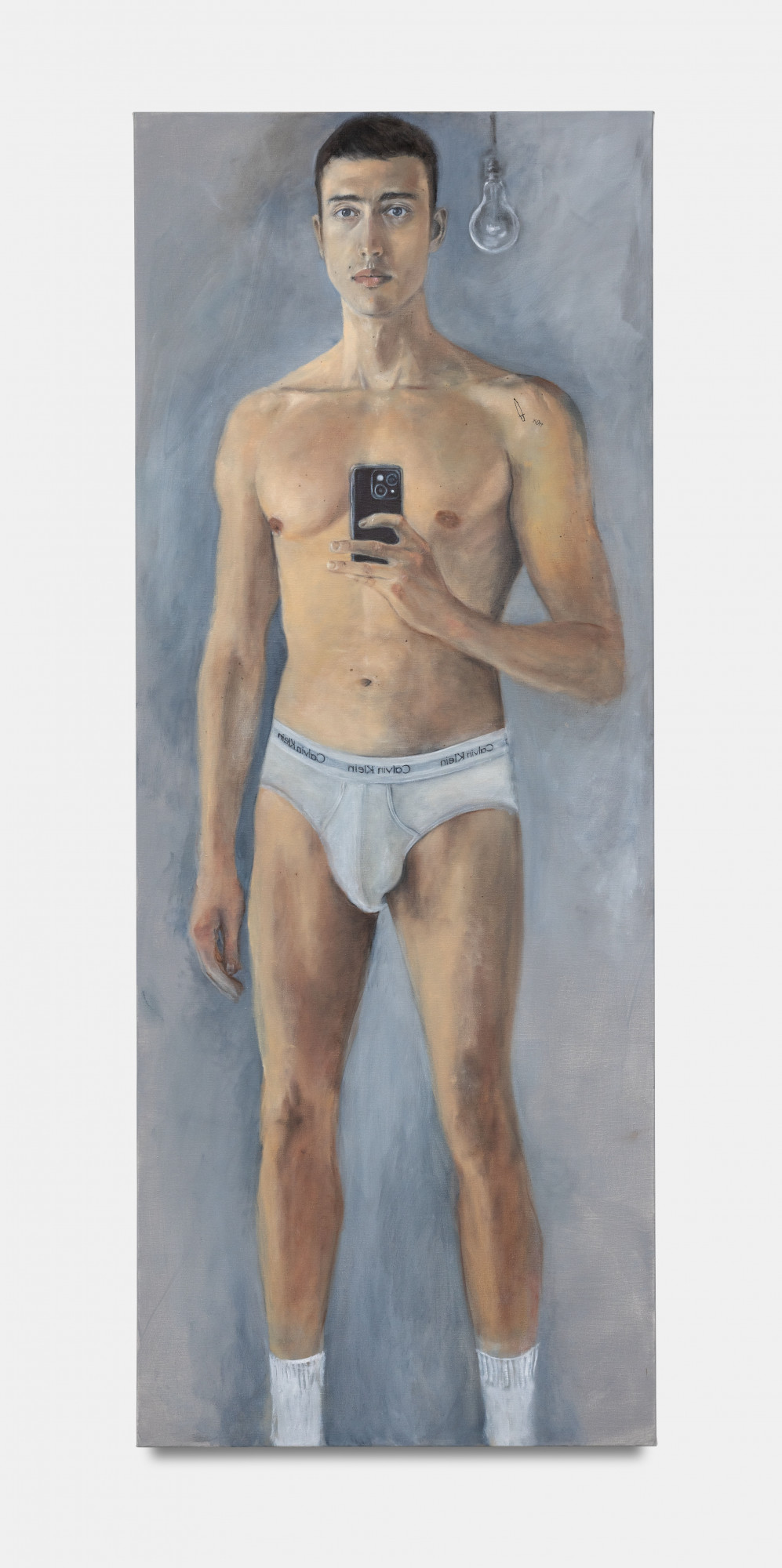
Simon au miroir / Simon at the Mirror, 2024
Oil on Linen
180 x 70 cm
70 7/8 x 27 1/2 in
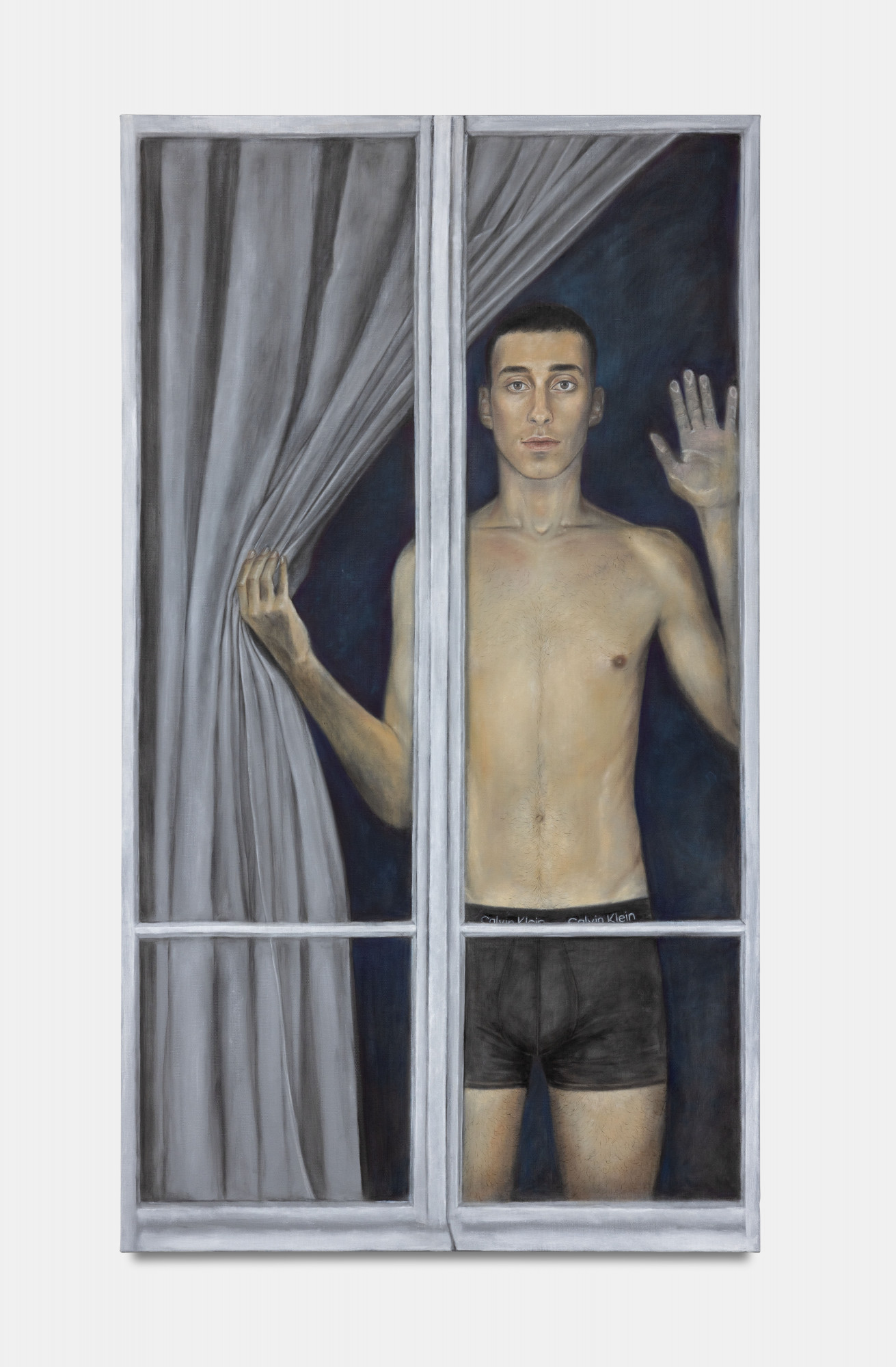
Rodrigue à la fenêtre / Rodrigue at the window, 2024
Oil on linen
160 x 90 cm
63 x 35 3/8 in
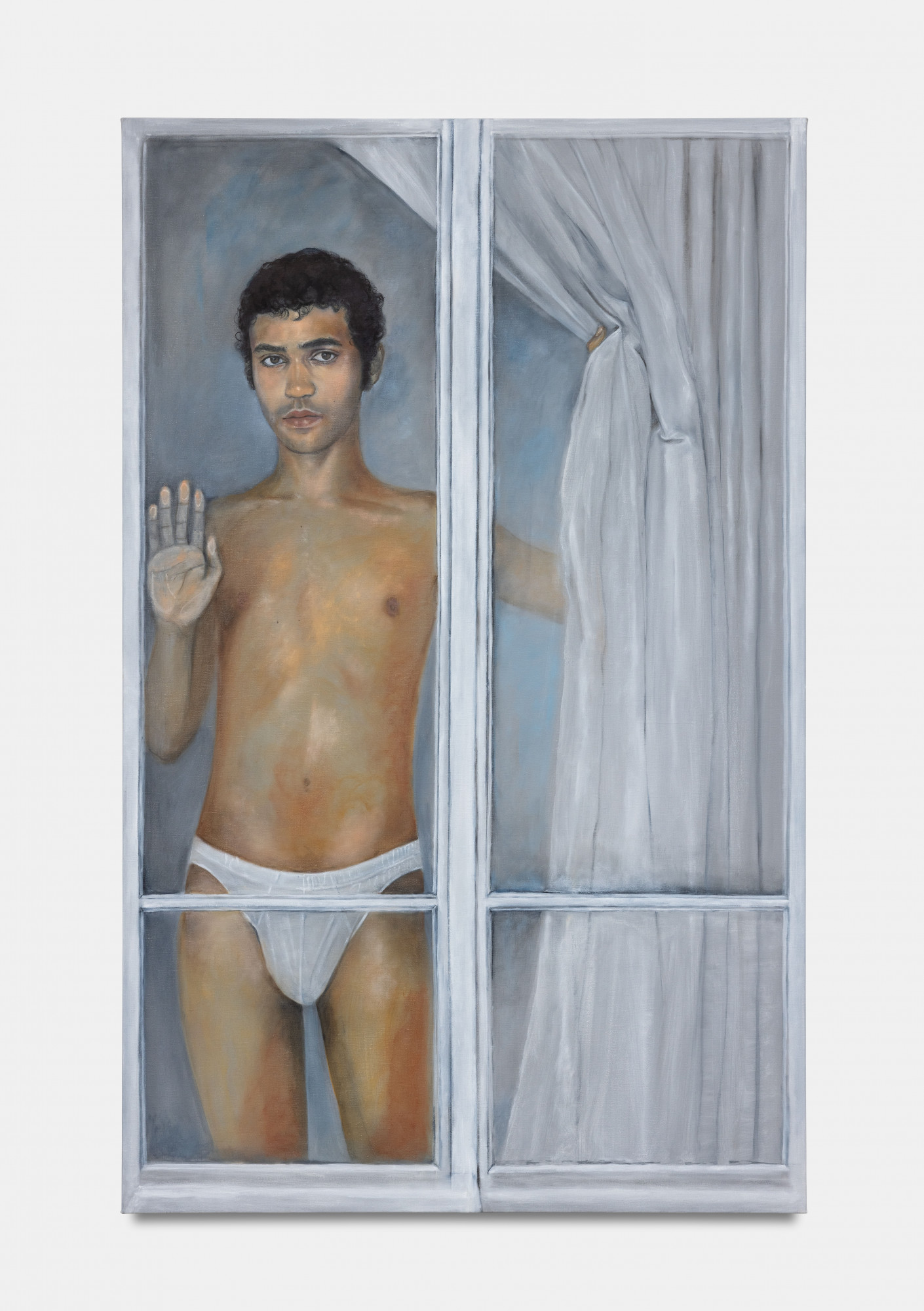
Nassim à la fenêtre / Nassim at the window, 2024
Oil on Linen
160 x 100 cm
63 x 39 3/8 in

Porte-Fenêtre / French Window, 2023
Oil on Linen
200 x 120 cm
78 3/4 x 47 1/4 in
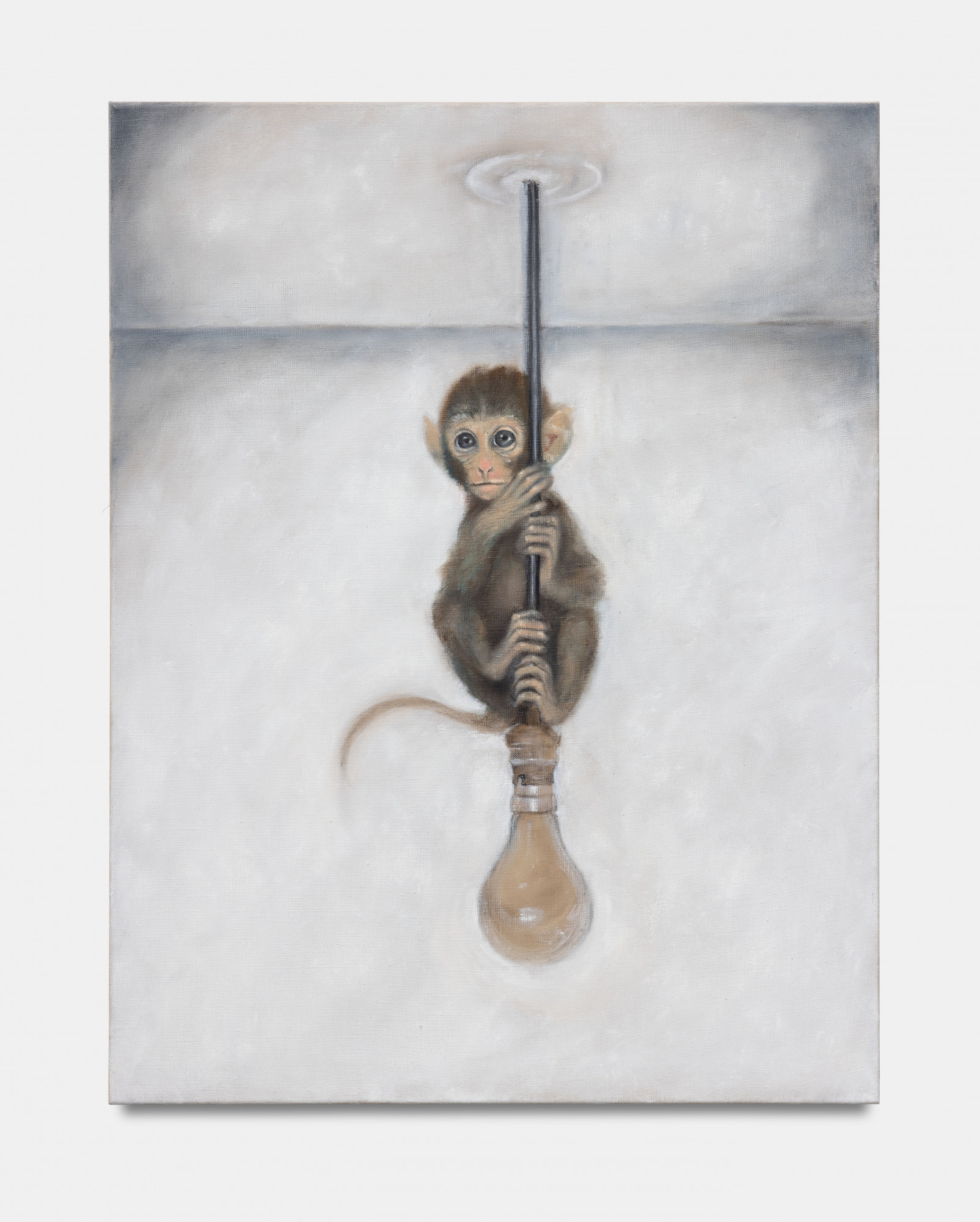
Bébé singe / Baby Monkey, 2024
Oil on Linen
65 x 50 cm
25 5/8 x 19 3/4 in
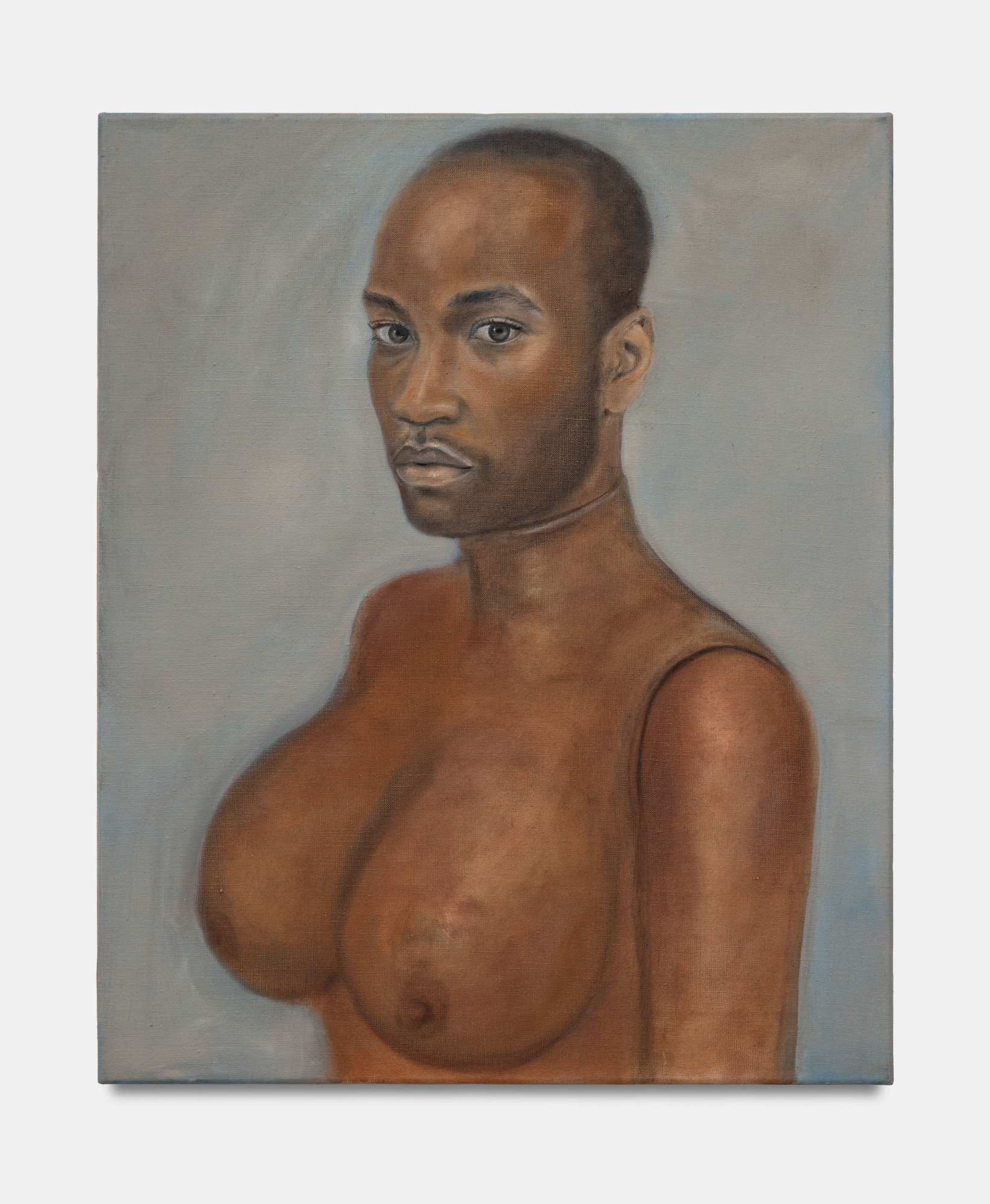
Akeem, 2024
Oil on Linen
60 x 50 cm
23 5/8 x 19 3/4 in

Grande Chauve-souris (Big Bat), 2023
Oil on linen
92 x 65 cm
36 ¼ x 25 ¹⁹/₃₂ in
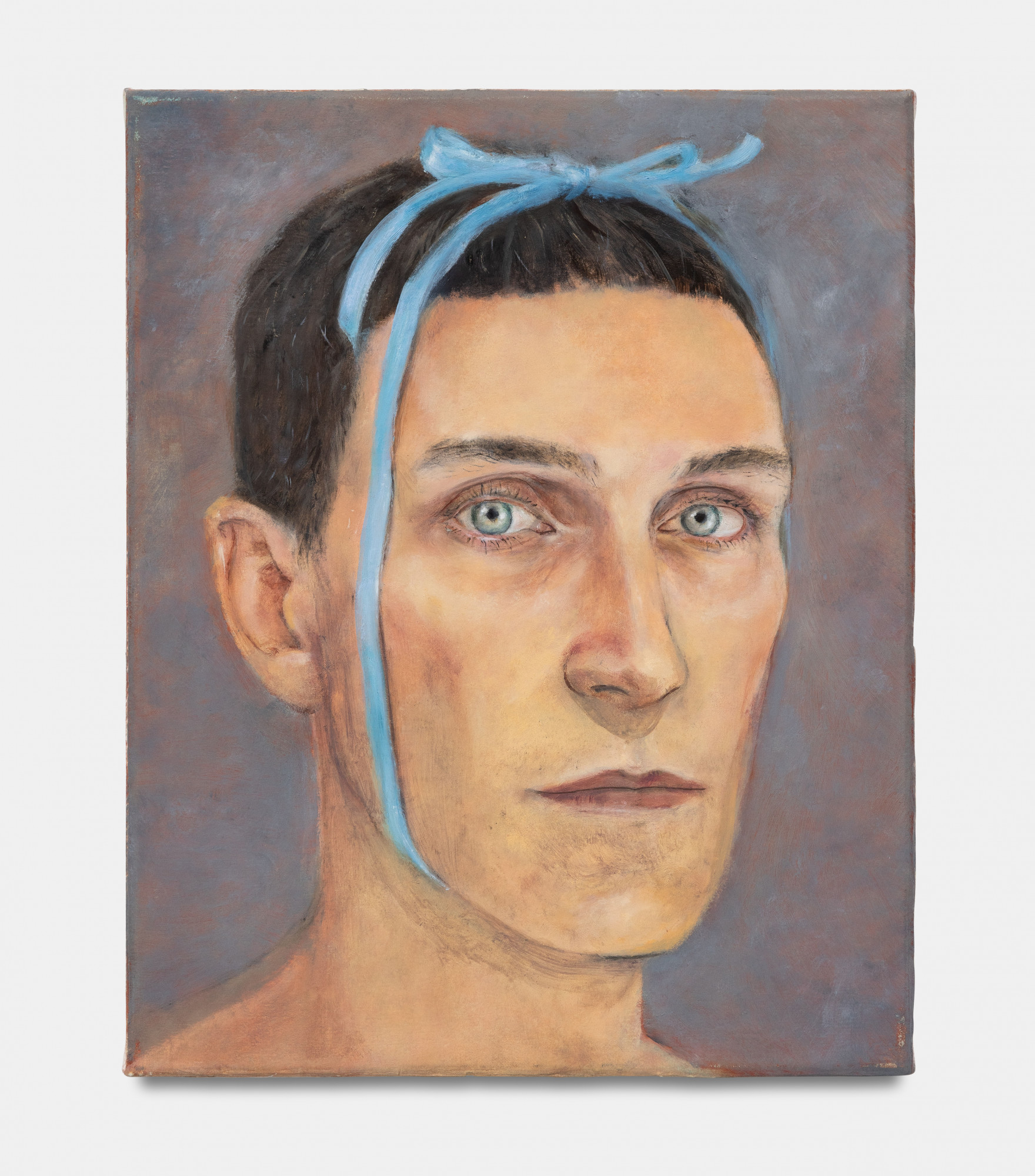
Bouche fermée (Autoportrait) / Closed Mouth (Self-Portrait), 2024
Oil on canvas
30 x 24 cm
11 3/4 x 9 1/2 in
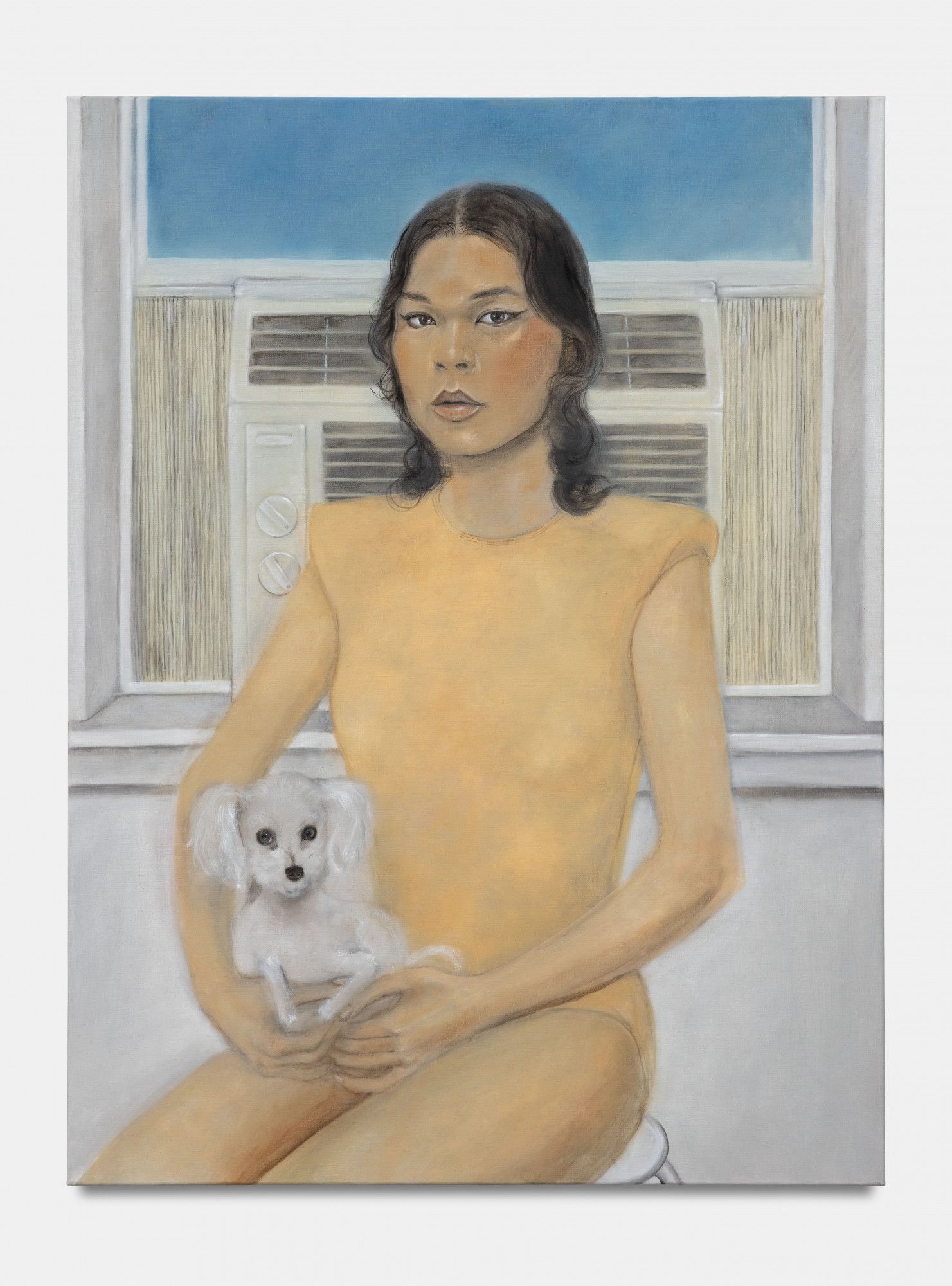
DeSe & Serenity, 2024
Oil on Linen
100 x 75 cm
39 3/8 x 29 1/2 in
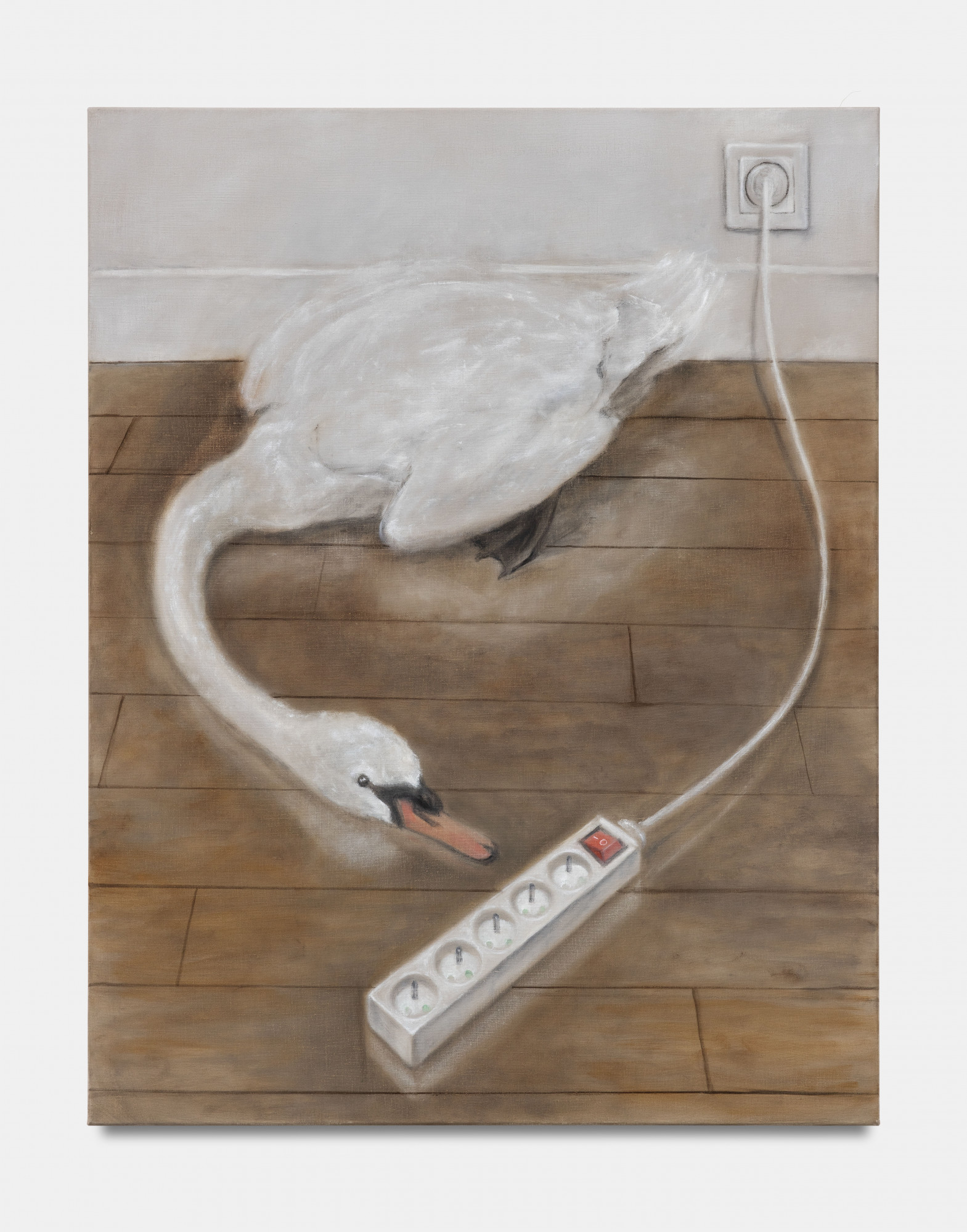
Cygne et multiprise / Swan and Power Strip, 2024
Oil on Linen
90 x 70 cm
35 3/8 x 27 1/2 in
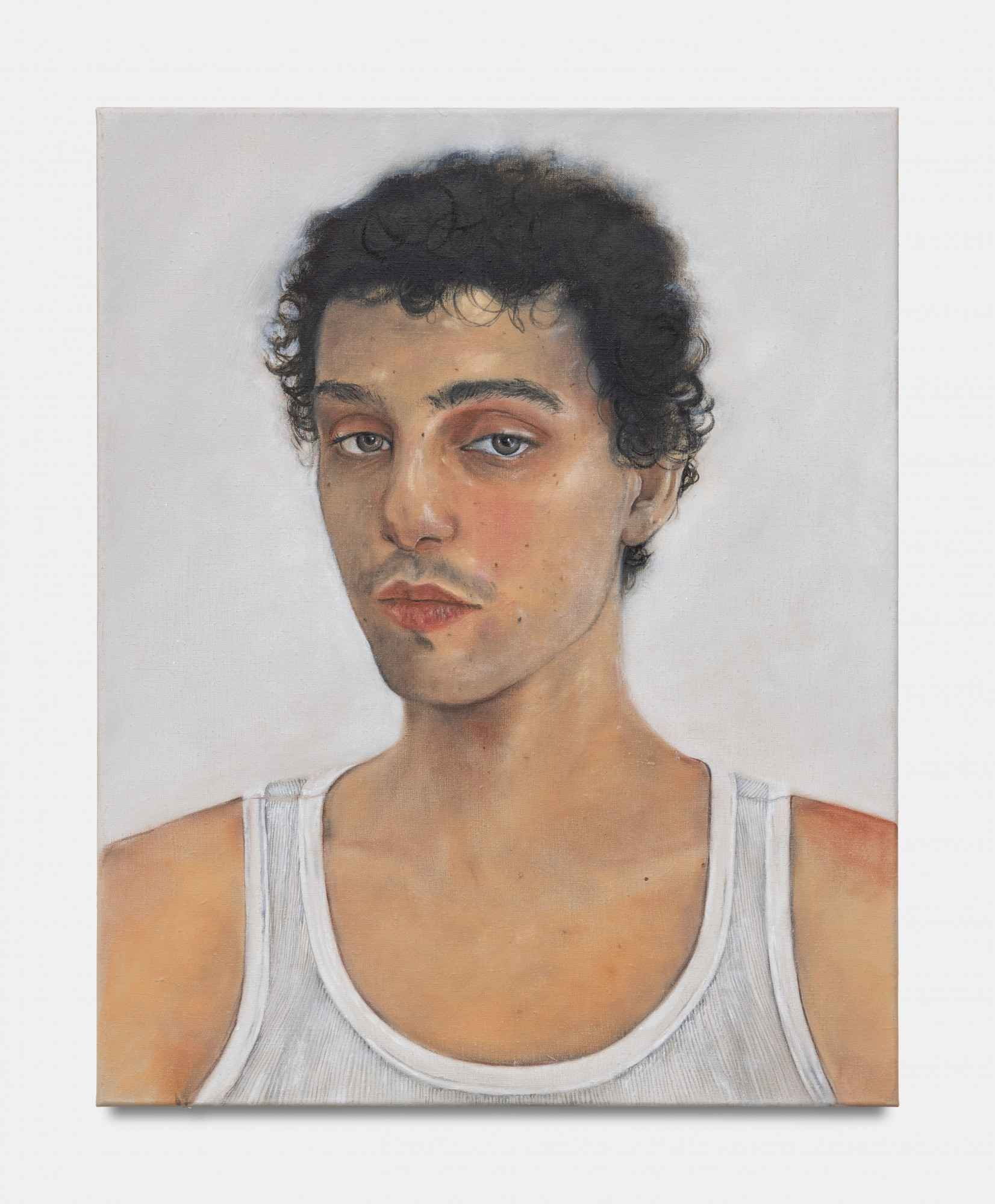
Hugo, 2024
Oil on Linen
50 x 40 cm
19 3/4 x 15 3/4 in
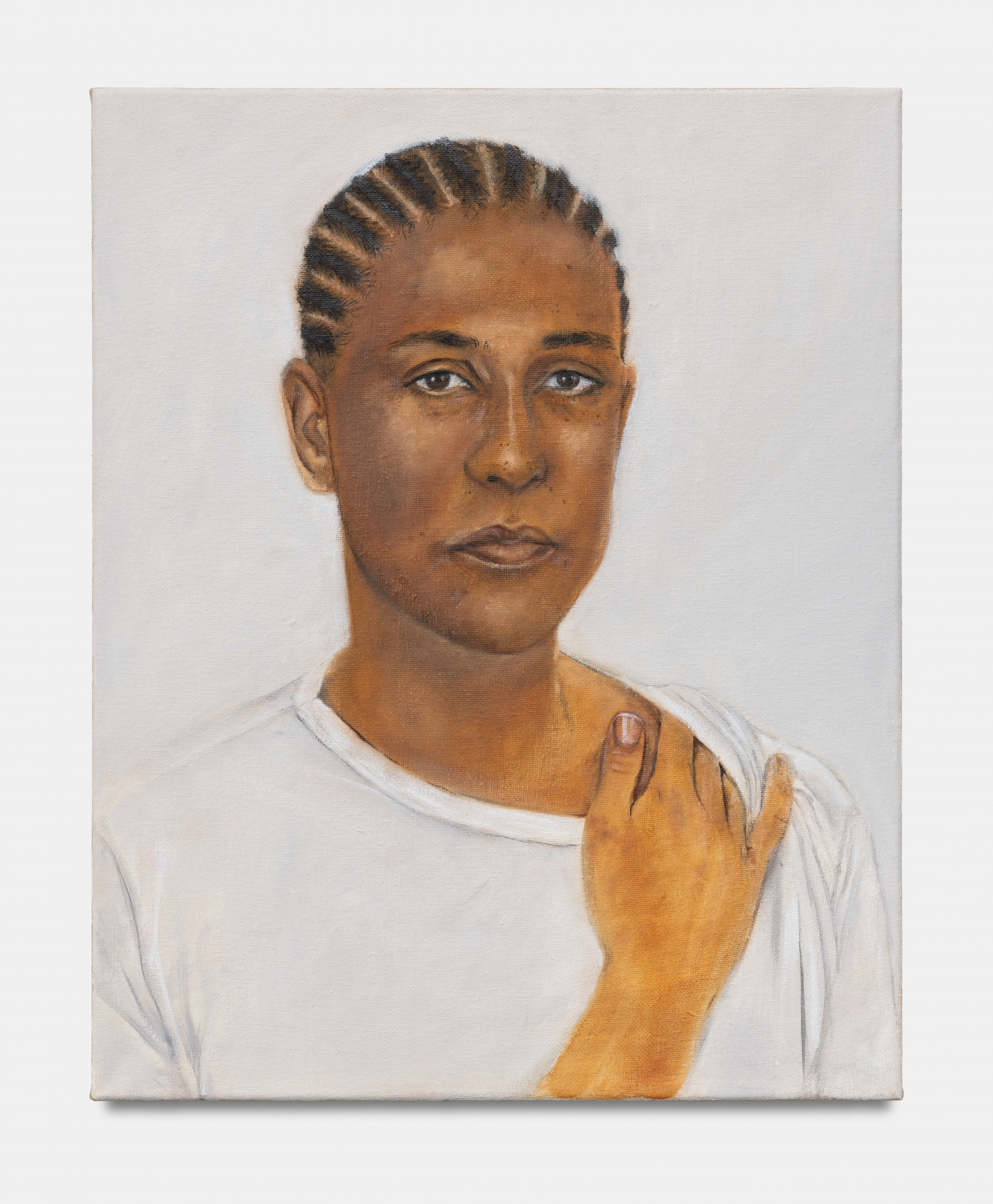
Leilah, 2024
Oil on Linen
50 x 40 cm
19 3/4 x 15 3/4 in
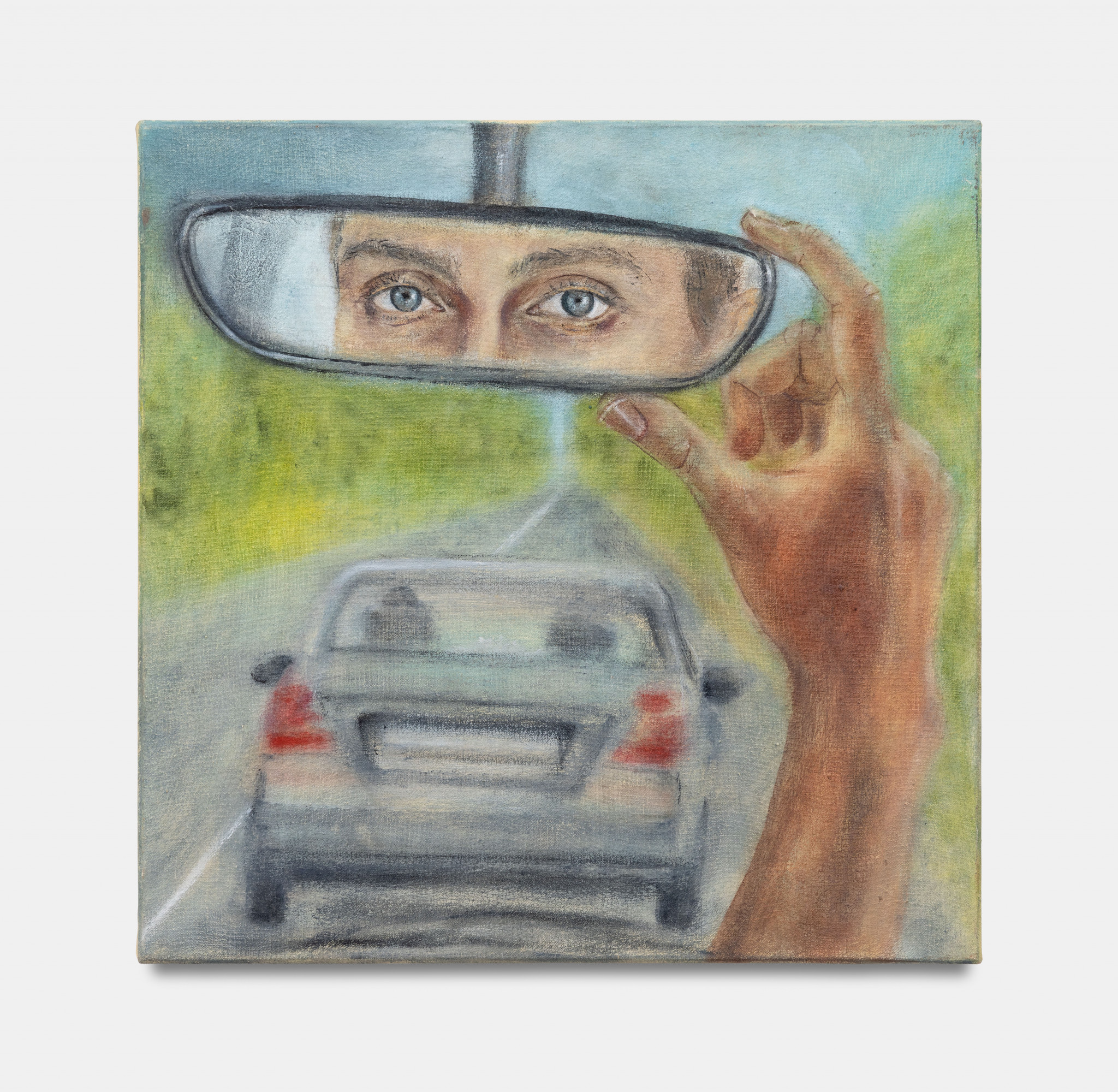
Rétroviseur intérieur / Interior Rearview Mirror, 2024
Oil on canvas
30 x 30 cm
11 3/4 x 11 3/4 in